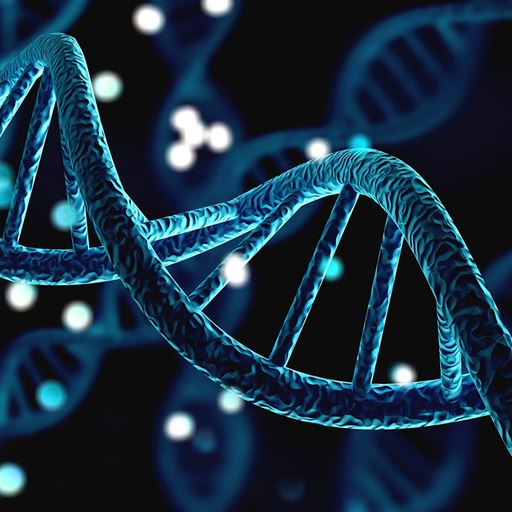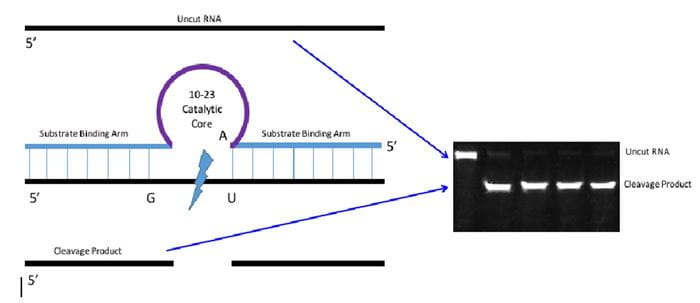Software and code for image calibration, aligning images, and generating NDVI imagery for immediate use that uses off the shelf components.
The background
Normalised Difference Vegetation Index (NDVI) is a tool to easily and quickly assess plant and crop health.
A normal, healthy plant will have higher amounts of chlorophyll pigments, which absorb most blue and red wavelengths. Green light is less readily absorbed with a proportion transmitted and reflected from the plant, which is why they appear green to our eyes. With the green visible light, plants also reflect Near-Infrared (NIR) light. This type of light, which is invisible to the human eye, is also not actively used for the photosynthesis process and thus is not affected by chlorophyll pigment content.
When the chlorophyll content of a plant decreases, due to stress such as drought or low nutrient availability, the amount of absorbed red light decreases. This in turn increases the reflectance of red light. Additionally, when a plant becomes dehydrated or stressed, the spongy layer of the plant collapses and results in less reflected NIR light. In both cases, there is an increase in the amount of reflected red light compared to the amount of reflected NIR light.
NDVI, simply put, is a calculation of vegetation or crop health. Mathematically comparing red and NIR light signals can help differentiate plant from non-plant and healthy plant from sick plant.
The technology
The invention is an NDVI imaging and image processing system which runs on a Raspberry Pi, using off-the-shelf components and a methodology for highly accurate image calibration by applying readily available affordable reference standards.
This allows accurate calibration of the system and accurate NDVI imaging at a fraction of the price of other commercial systems, while providing modularity and customisation. Calibration is essential to obtain biologically relevant images across a wide range of light conditions and provides good results that can be compared across field sites, seasons, etc.
Currently available solutions require reflectance standards with uniform, well-calibrated spectral properties, and an optical filter that removes all light outside of the desired spectrum. These solutions, while highly accurate, can be costly and difficult to readily obtain.
The benefits
The new system has the following advantages over commercially available systems:
- Software and code for image calibration, aligning images, and generating NDVI imagery for immediate use, using off the shelf components and based on the University of Essex developed methodology
- Significantly lower cost to purchase and produce
- The Raspberry Pi platform is inherently customisable, therefore the system can be further tailored by the user to fit their requirements (e.g. add WiFi or GPS, combine with data-logging systems, add other devices or capabilities, etc)
- Easy to scale from greenhouse measurements of a few individuals, to aerial imagery of entire crops
Patent status
Patent application submitted.


.jpg?h=423&w=300&hash=B30F6A432F4967AB8B3FF01FCD6EC2E7)
